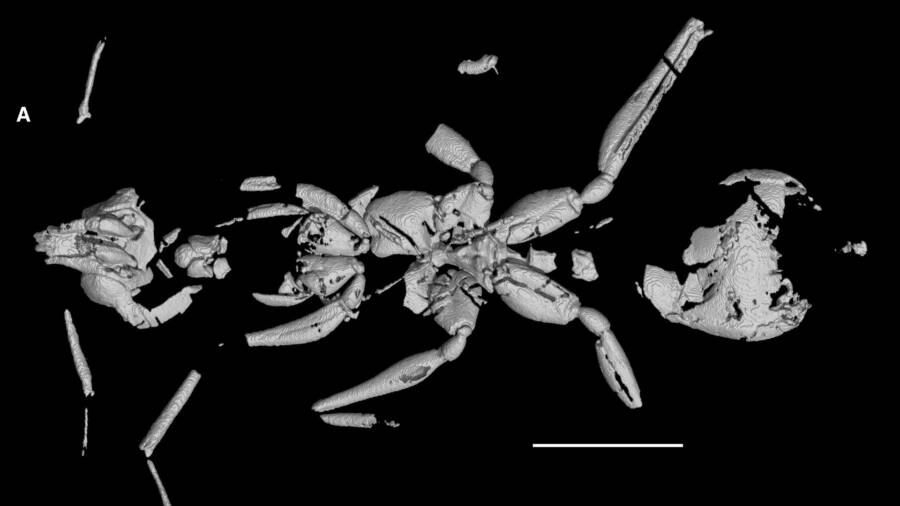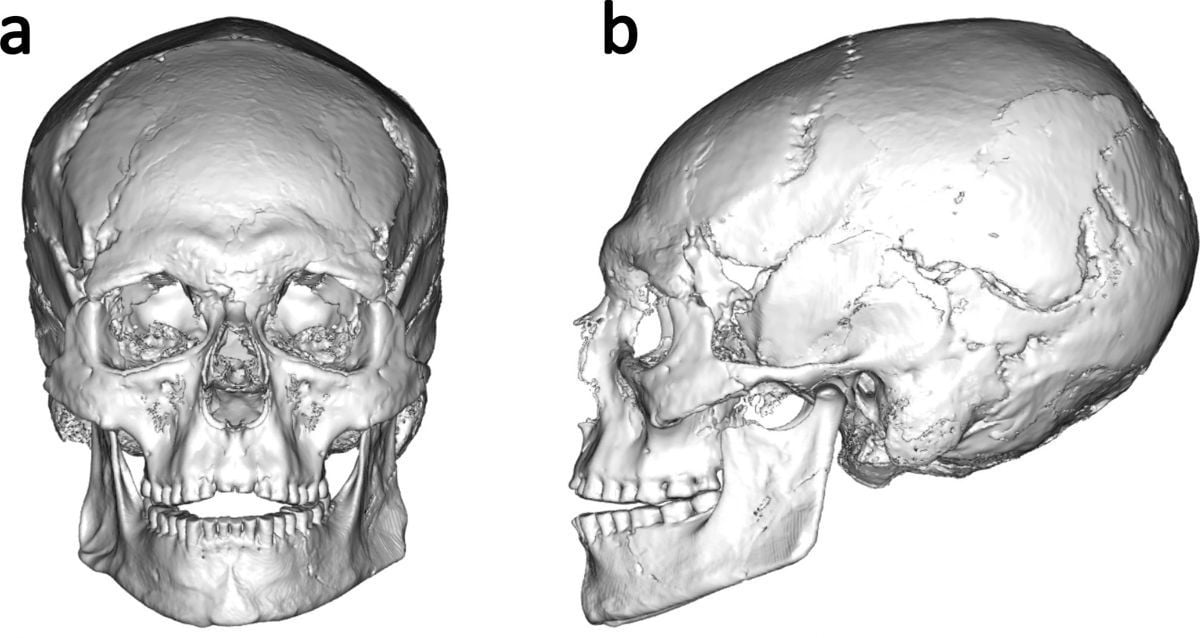Unearthed: The 113-Million-Year-Old ‘Hell Ant’ Fossil That Could Rewrite Ant Evolution Forever
“Finding such an anatomically specialized ant from 113 million years ago challenges our assumptions about how quickly these insects developed complex adaptations,” Lepeco remarked. “The intricate morphology suggests that even these earliest ants had already evolved sophisticated predatory strategies significantly different from their modern counterparts.”
Indeed, this 113-million-year-old hell ant tells a fascinating story about how ants spread quickly across the prehistoric world.
How The Hell Ant Initially Emerged And Eventually Died Out In The Prehistoric World
What’s fascinating about the discovery of the Vulcanidris cratensis species is how similar it is to previously studied ant fossils. Using micro-computed tomography imaging (3D imaging that uses X-rays to see inside an object), Lepeco and his team were able to see that the ant found in Brazil was strikingly similar to prehistoric ant specimens found trapped in amber in Myanmar.
This shows that ants were widespread across the Earth, and that they must have crisscrossed Cretaceous landmasses countless times.

Anderson LepecoResearchers used micro-computed tomography imaging to closely examine the ant fossil and to document similarities between it and other ant fossils found in Myanmar.
According to the Field Museum, ants first emerged some 140 to 168 million years ago, and lived alongside the dinosaurs starting in the Cretaceous Period.
However, hell ants like the one found in Brazil did not survive into our modern era. After a devastating asteroid strike killed the dinosaurs roughly 66 million years ago, hell ants like this one went extinct.













